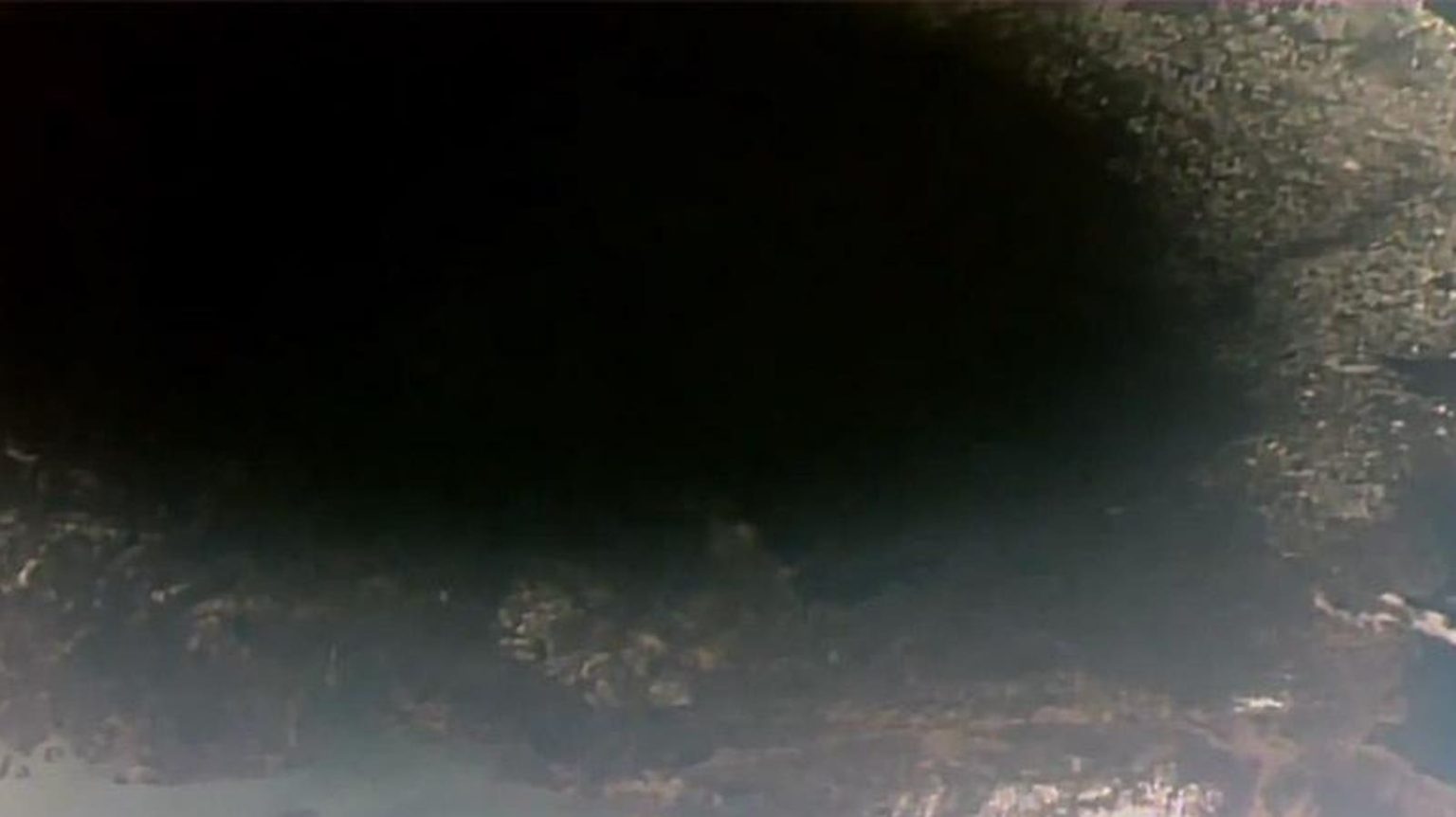Astronauts on the International Space Station captured stunning images of the moon’s umbral shadow during the total solar eclipse on April 8. The ISS was strategically positioned above southeastern Canada to witness the historic event, providing a unique perspective of the moon’s shadow moving across the continent. This image was carefully planned by NASA, who adjusted the spacecraft’s orbit for months leading up to the eclipse.
In addition to the ISS, weather satellites such as the Geostationary Operational Environmental Satellites also captured the moon’s shadow during the total solar eclipse. These satellites provide valuable data on atmospheric conditions and play a crucial role in helping eclipse-chasers find clear viewing spots within the path of totality. The GOES-East satellite, orbiting 22,236 miles above Earth’s equator, captured the moon’s shadow tracking across the landmass, showcasing the eclipse from a different vantage point.
The total solar eclipse on April 8 lasted for 4 minutes and 26 seconds at the Mexico-U.S. border in Texas, making it the longest totality in the U.S. since 1806. The event was North America’s first total solar eclipse in over six years, with some fortunate locations experiencing totality twice. Locations such as Perryville, Cape Girardeau in Missouri, Paducah in Kentucky, and various cities in Illinois were able to witness the total solar eclipse on both August 21, 2017, and April 8, an uncommon occurrence that happens once every 366 years.
The next total solar eclipse in North America is set to occur on March 30, 2033, in Alaska, followed by another eclipse in the contiguous U.S. on August 23, 2044, in Montana and South Dakota. Additionally, a total solar eclipse is scheduled for August 12, 2045, crossing parts of 12 U.S. states from California to Florida. These upcoming eclipses provide opportunities for skywatchers and astronomers to continue experiencing the wonder of celestial events.
Overall, the total solar eclipse on April 8 provided spectacular views both from the ground and from space, with astronauts aboard the ISS capturing mesmerizing images of the moon’s shadow moving across the Earth. The event showcased the celestial ballet of the moon crossing in front of the sun, creating awe-inspiring moments for those fortunate enough to witness it. As we look forward to future eclipses, the memories of the April 8 event will linger, reminding us of the beauty and wonder of these rare celestial occurrences.


